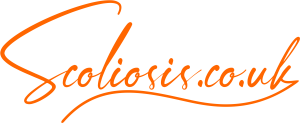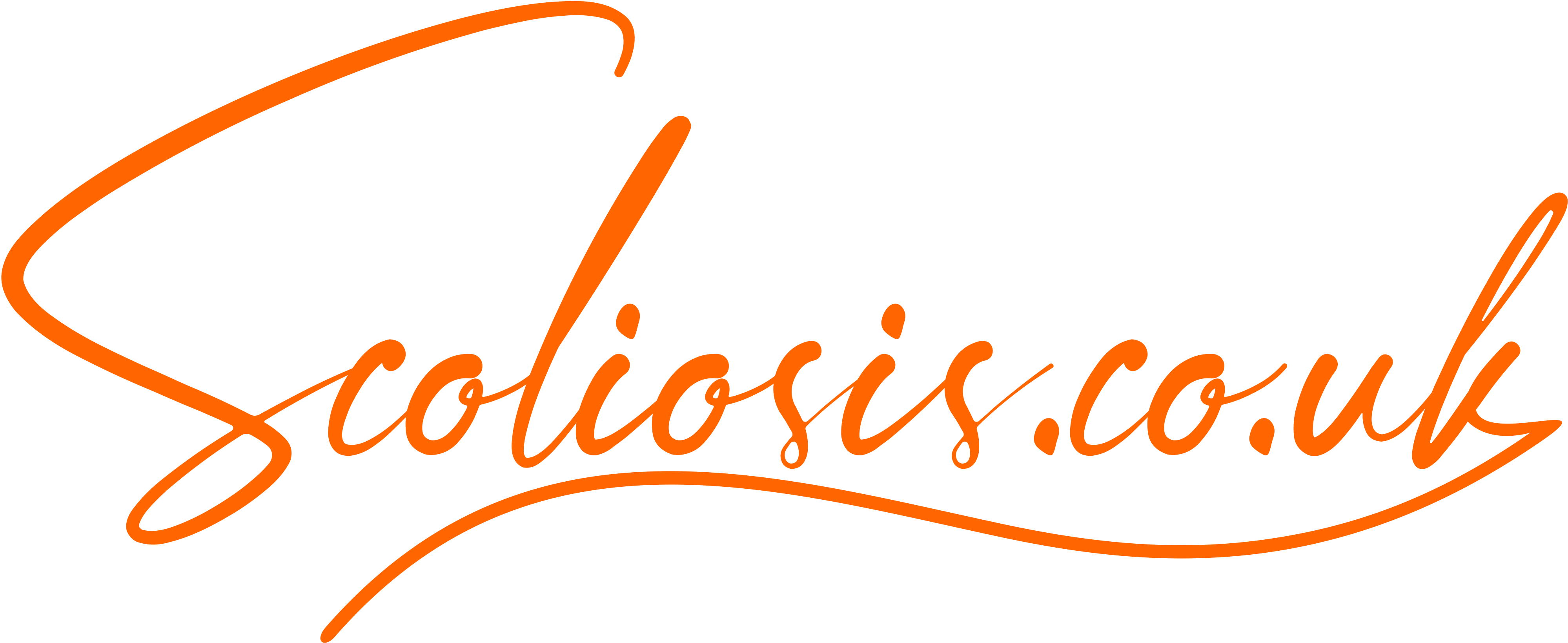Pain management is an essential aspect of living with scoliosis, as many individuals experience discomfort due to spinal curvature and muscle imbalances. By employing various tips and techniques, it is possible to alleviate pain and improve overall quality of life. This article will explore pain management strategies for scoliosis, offering guidance on how to find relief.
Tip 1: Engage in Physical Therapy
Physical therapy is a proven method for alleviating scoliosis-related pain. Some benefits of physical therapy include:
Strengthening muscles: Targeted exercises help build and maintain muscle support around the spine, reducing strain on the spinal joints.
Improving flexibility: Stretching exercises increase flexibility in the muscles and spine, reducing stiffness and discomfort.
Manual therapy: Hands-on techniques employed by physical therapists can help mobilize the spine and relieve muscle tension.
Tip 2: Maintain a Healthy Weight
Carrying excess weight can place additional strain on the spine, exacerbating scoliosis-related pain. By maintaining a healthy weight through a balanced diet and regular exercise, individuals with scoliosis can reduce pressure on the spine and alleviate discomfort.
Tip 3: Prioritize Good Posture
Practicing proper posture can help reduce strain on the spine and alleviate pain. Some tips for maintaining good posture include:
Sit with your back fully supported by the chair's backrest.
Keep both feet flat on the floor or use a footrest if needed.
Engage your core muscles to support the spine and maintain proper alignment.
Tip 4: Use Hot and Cold Therapy
Hot and cold therapy can provide temporary relief from scoliosis-related pain:
Heat therapy: Applying a heating pad or taking a warm bath can help relax muscles and reduce stiffness.
Cold therapy: Applying ice packs can help numb the affected area and alleviate pain.
Tip 5: Consider Over-the-Counter Pain Relievers
Over-the-counter pain relievers, such as acetaminophen or nonsteroidal anti-inflammatory drugs (NSAIDs), can provide temporary relief from scoliosis-related pain. Consult with a healthcare professional for appropriate usage and dosage recommendations.
Tip 6: Explore Alternative Therapies
Alternative therapies may provide additional pain relief for some individuals with scoliosis:
Massage therapy: Massage can help relax tight muscles and alleviate tension in the back.
Acupuncture: This traditional Chinese medicine technique may help relieve pain by stimulating specific points on the body.
Mindfulness and relaxation techniques: Deep breathing, meditation, and guided imagery can help manage pain and reduce stress.
Conclusion:
Pain management is a critical aspect of scoliosis care, as it can significantly impact an individual's quality of life. By employing various tips and techniques, such as physical therapy, maintaining a healthy weight, practicing good posture, and exploring alternative therapies, individuals with scoliosis can find relief from pain and discomfort. Always consult with a healthcare professional for personalized recommendations and guidance on managing scoliosis-related pain.

